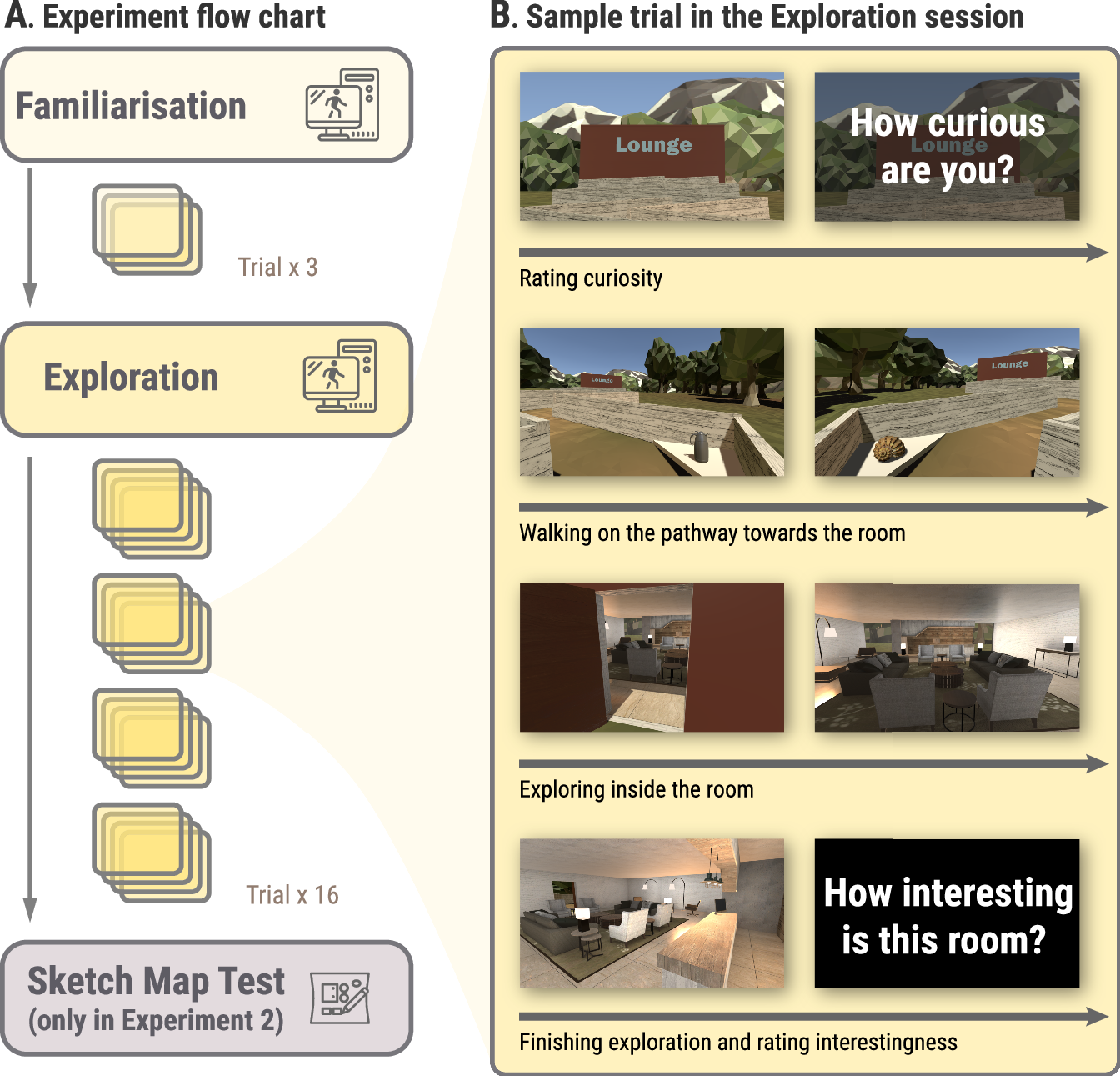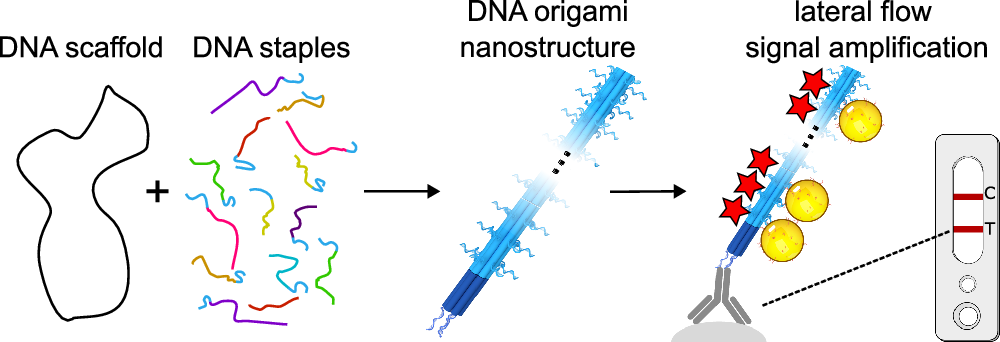2025-04-03 カーディフ大学
<関連情報>
- https://www.cardiff.ac.uk/news/view/2905348-virtual-reality-research-explores-curiosity-and-spatial-memory
- https://www.nature.com/articles/s44271-024-00174-6
好奇心はヒトの空間探索と認知地図形成を形成する Curiosity shapes spatial exploration and cognitive map formation in humans
Danlu Cen,Eva Teichert,Carl J. Hodgetts & Matthias J. Gruber
Communications Psychology Published:30 December 2024
DOI:https://doi.org/10.1038/s44271-024-00174-6

Abstract
Cognitive maps are thought to arise, at least in part, from our intrinsic curiosity to explore unknown places. However, it remains untested how curiosity shapes aspects of spatial exploration in humans. Combining a virtual reality task with indices of exploration complexity, we found that pre-exploration curiosity states predicted how much individuals spatially explored environments, whereas markers of visual exploration determined post-exploration feelings of interest. Moreover, individual differences in curiosity traits, particularly Stress Tolerance, modulated the relationship between curiosity and spatial exploration, suggesting the capacity to cope with uncertainty enhances the curiosity-exploration link. Furthermore, both curiosity and spatial exploration predicted how precisely participants could recall spatial-relational details of the environment, as measured by a sketch map task. These results provide new evidence for a link between curiosity and exploratory behaviour, and how curiosity might shape cognitive map formation.


